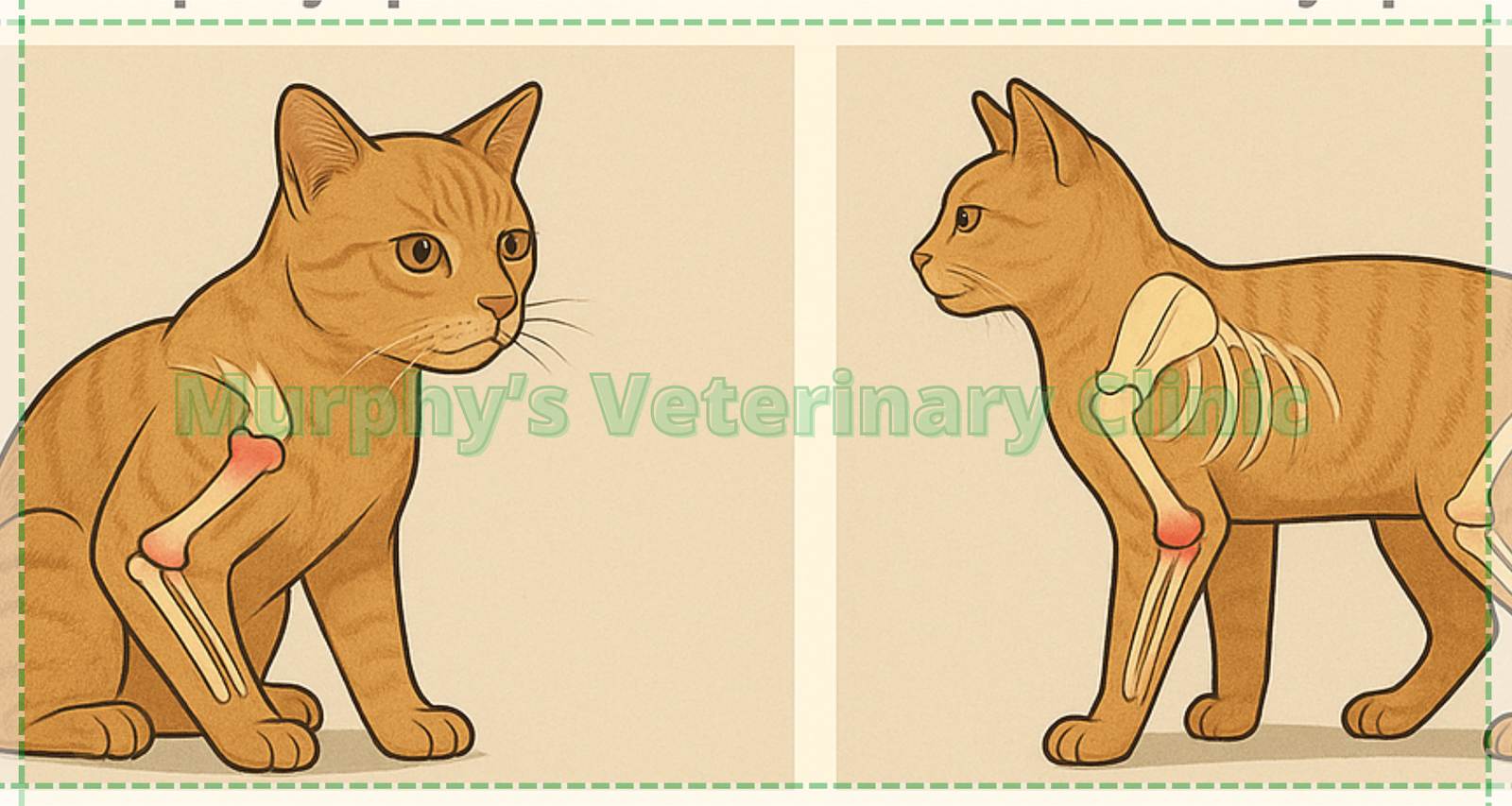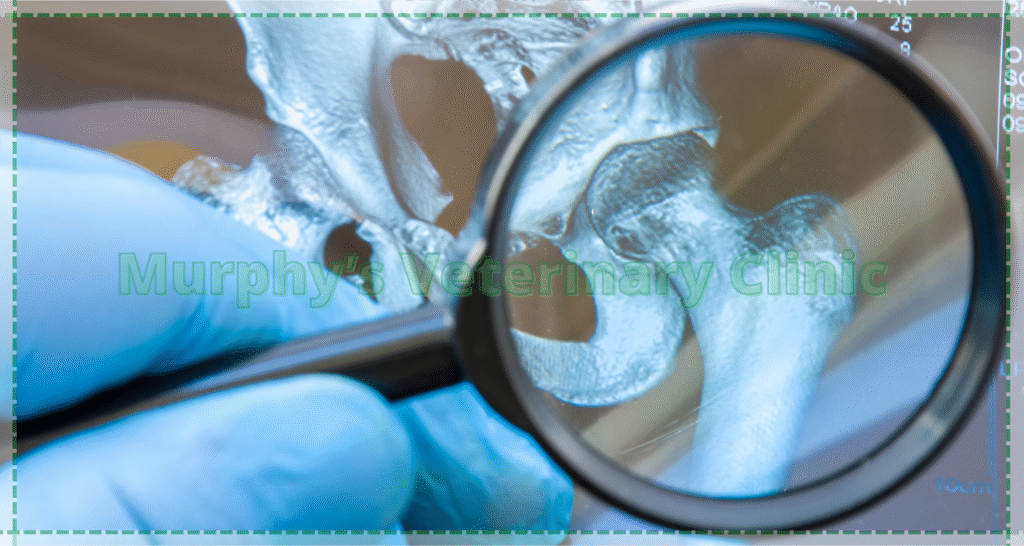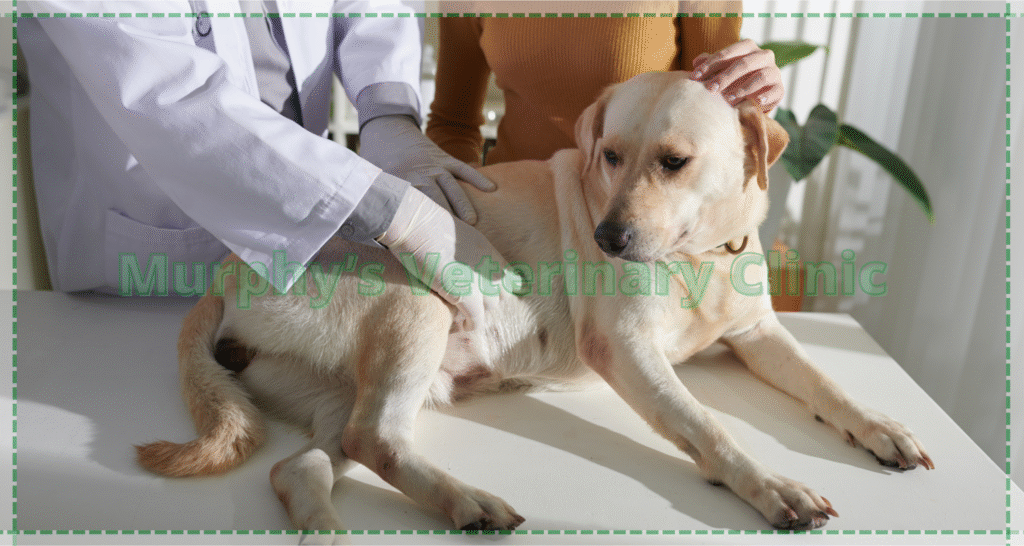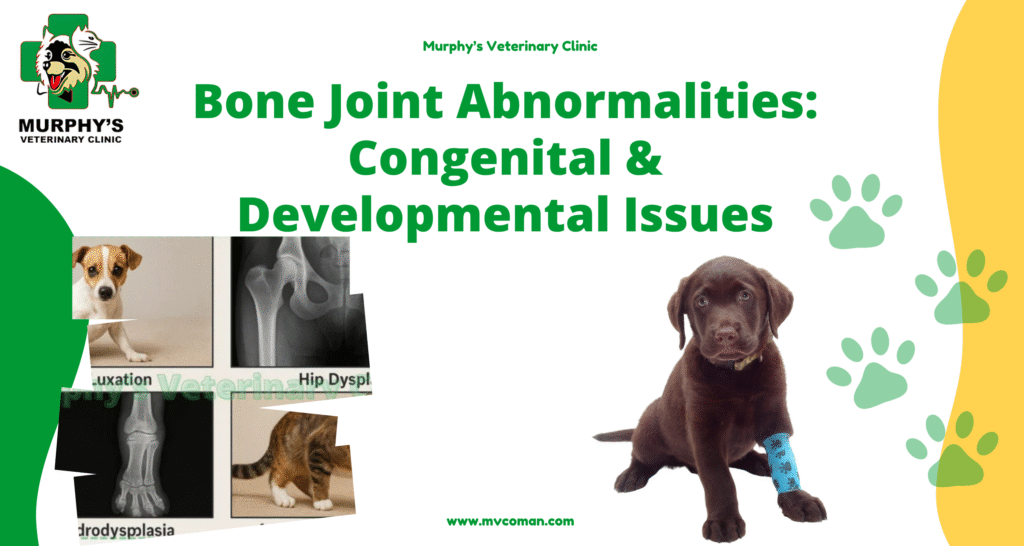Diseases & Treatments, Health & General Care, Special Care
Bone And Joines Abnormalities: Congenital & Developmental Issues
Topics covered in this article:
- Most Common Types of Bone And Joines Abnormalities
- Causes of Bone Bone And Joines Abnormalities
- Early Signs of Bone And Joines Abnormalities
- Diagnostic Tools
- Importance of Annual Checkups
- Conclusion
Bone And Joines Abnormalities are serious concerns in veterinary and orthopedic medicine, especially when they are congenital or developmental in nature. These abnormalities may be present at birth or emerge during early growth and can affect movement, posture, and overall quality of life. Early detection and intervention are essential to avoid long-term consequences. Factors such as genetics, poor maternal nutrition, or trauma can lead to bone and joines abnormalities in both pets and humans. Many cases remain hidden until a veterinary examination reveals subtle symptoms. Breeds with hereditary predispositions are especially at risk. That’s why routine checkups and targeted screening are critical. In this article, we explore the most common bone and joines abnormalities, their causes, early signs, diagnostic tools, and the essential role of annual checkups. We also highlight how Murphy’s Veterinary Clinic can provide expert support and treatment for affected animals.

Most Common Types of Bone And Joines Abnormalities
These conditions appear in many forms, and some are more frequent than others. Identifying them early leads to better outcomes. They may affect the spine, hips, knees, or limbs and often present during growth. Visible symptoms include pain, imbalance, or deformity, while some cases remain undetected without professional imaging. Monitoring growth and movement patterns helps ensure healthy development. Below are common examples:
- Hip dysplasia
- Scoliosis (spinal curvature)
- Genu varum & genu valgum
- Limb length discrepancies
- Congenital vertebral fusion

Causes of Bone Bone And Joines Abnormalities
There are several known causes of these abnormalities, ranging from genetic disorders to environmental factors. Poor breeding practices and inherited traits can increase the risk. Similarly, insufficient maternal nutrition, hormonal imbalances, and early trauma may affect normal joint and bone formation. Identifying the cause helps tailor treatment and prevent recurrence. The main causes include:
- Genetic predisposition
- Poor prenatal nutrition
- Hormonal growth issues
- Rapid or uneven bone growth
- Physical injuries during development

Early Signs of Bone And Joines Abnormalities
Detecting bone and joines abnormalities early can prevent severe complications. Common signs include limping, reluctance to run, or uneven limb growth. Some deformities are visible, while others are only noticed by a trained veterinarian. Pet owners should stay alert to changes in gait, balance, or posture. Regular checkups during the first year of life are critical. Watch for:
- Limping or stiffness
- Joint or bone pain
- Abnormal limb shape
- Delayed or uneven growth
- Avoidance of movement or play

Diagnostic Tools
Veterinarians use multiple diagnostic tools to detect bone and joines abnormalities accurately. These include physical exams and advanced imaging techniques, which help identify skeletal and joint problems early. Each method offers unique insights depending on the age and condition of the animal.
Diagnostic Tools Table:
| Diagnostic Tool | Main Use | Accuracy | Suitable Age | Approximate Cost |
| Standard X-Ray | Bone and joint structure | Medium | All ages | Low |
| CT Scan | High-resolution bone imaging | High | Over 6 months | Medium |
| MRI | Soft tissue and joint evaluation | Very high | Juveniles & adults | High |
| Genetic Testing | Identify hereditary conditions | High | Any age | High |

Importance of Annual Checkups
Routine veterinary checkups are essential for spotting bone and joines abnormalities early. Many of these conditions don’t show visible signs right away and may worsen if left untreated. Annual visits allow veterinarians to monitor growth, joint function, and limb symmetry. Early detection means better treatment options, lower costs, and less pain for the animal.
Benefits of Annual Checkups Table:
| Benefit | Impact on Bone Joint Abnormalities |
| Early detection | Prevents worsening of the condition |
| Monitors growth progression | Identifies abnormal development early |
| Personalized treatment plans | Improves outcome and recovery |
| Prevents secondary problems | Reduces need for invasive procedures |
| Enhances overall mobility | Promotes healthy, active lifestyles |
| Dog Breeds Prone to Bone and Joint Abnormalities |
| German Shepherd – Prone to hip and elbow dysplasia. Labrador Retriever – High risk of hip dysplasia. Bulldog (English & French) – Commonly affected by patellar luxation and spinal deformities. Great Dane – Rapid growth increases risk of joint problems such as Osteochondritis Dissecans (OCD). Dachshund – Susceptible to intervertebral disc disease (IVDD). |
| Cat Breeds Prone to Bone and Joint Abnormalities |
| Maine Coon – High risk of hip dysplasia and knee problems. Persian – May develop skeletal and joint deformities due to skull and body structure. Scottish Fold – Genetic bone disease (osteochondrodysplasia) is common. Siamese – Prone to congenital hip joint abnormalities. Manx – May suffer from congenital spinal defects (spina bifida). |
Conclusion
Bone And Joines Abnormalities are complex conditions that can negatively affect an animal’s life if not diagnosed and treated early. These disorders, especially congenital and developmental ones, may remain unnoticed during the early months or years. Timely intervention through annual checkups, imaging, and monitoring can drastically reduce the risks. Educating pet owners about symptoms and encouraging regular vet visits helps detect problems before they progress. Whether hereditary or environmental in origin, bone and joines abnormalities require professional assessment and individualized care. Prioritizing joint health ensures pets remain active, comfortable, and happy for years to come.
Murphy’s Veterinary Clinic specializes in diagnosing and managing bone and joines abnormalities. With a team of experienced veterinarians and access to advanced imaging technologies, they provide early detection, accurate diagnosis, and personalized treatment plans. Whether your pet is showing symptoms or you want peace of mind, Murphy’s Clinic offers compassionate, expert care. Their commitment to preventive medicine ensures that every animal has the best chance at a healthy, mobile life.


